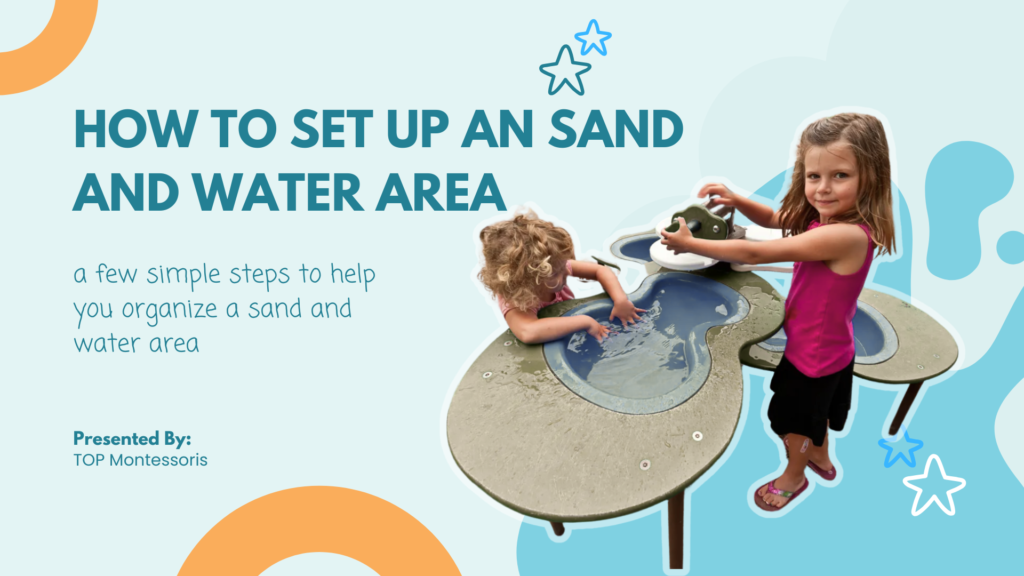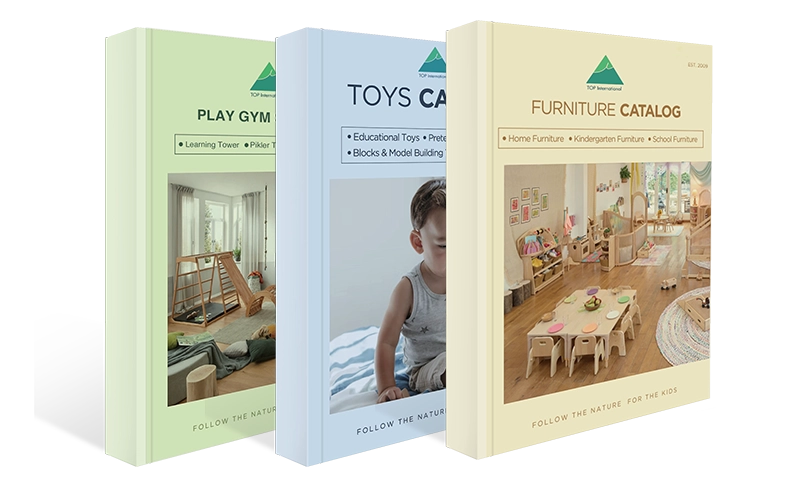Do you want to set up a Sand and Water Area but feel overwhelmed by the options? Are you unsure what materials are safe, fun, and educational? Are you unsure how to clean the classroom after Sand and Water play? Are you wondering which sand and water play table will truly keep your preschoolers engaged?
Setting up a Sand and Water Center for preschoolers is one of the most rewarding ways to combine play with learning. With the right tools, thoughtful setup, and creative inspiration, your sand and Water Area can become the heart of your classroom’s sensory learning.
This guide walks you through planning and setting up an interactive Sand and Water Center that fosters curiosity, fine motor development, and creative exploration.

Why Sand and Water Play Matters
Sand and Water play is foundational to any high-quality early years environment. Its open-ended, tactile nature makes it a powerful tool to support children in achieving the Early Learning Goals (ELGs) across all seven key Early Years Foundation Stage (EYFS) areas.
Here’s how:
Communication and Language
Sand and Water play encourages rich language use. Children describe textures, actions, and outcomes. Activities like storytelling with toy animals or narrating what they’re building help develop speaking, listening, attention, and understanding.
Personal, Social and Emotional Development (PSED)
Whether playing alone or alongside others, children learn essential social skills such as sharing, turn-taking, self-regulation, and collaboration. Sensory play also offers a calming effect, helping children manage emotions in a soothing, low-pressure environment.
Physical Development
From lifting heavy buckets to scooping tiny beads, gross and fine motor skills are naturally engaged. Pouring water, squeezing pipettes, and brushing sand refine muscle control and build coordination.
Literacy
Sand is a perfect canvas for early writing. Children can trace letters or make marks using their fingers, sticks, or brushes—building pre-writing skills in a fun, non-intimidating way.
Mathematics
Sand and Water play introduces volume, measurement, and counting through hands-on exploration. Children learn to compare sizes, estimate quantities, and begin to understand number patterns as they pour and scoop.
Understanding the World
Natural elements like sand and water spark curiosity. Children explore cause and effect and changes in materials (wet vs. dry) and engage in discussions about weather, geography, and even cultural practices related to water and nature.
Expressive Arts and Design
Water and sand serve as creative tools in imaginative play and artistic expression. Whether making sandcastles, sculpting with kinetic sand, or “cooking” in a pretend kitchen, children explore texture, color, and storytelling. Language levels to fully participate and succeed, making it ideal for any early learning environment.
How to Set Up Your Preschool Sand and Water Area
Determine the Size and Location of Your Sand and Water Center
The first step is to choose the correct location for the sand and water center in your preschool or nursery. This decision will affect all other elements of your facility.
Indoors, pick a space with:
- Non-slip floors (like rubber or tile)
- Proximity to a sink or water source
- Good airflow and light
Outdoors, look for:
- A shaded area to prevent sunburn
- Drainage to handle spills
- Low-traffic zones to avoid accidents
Allow at least 1.5–2 square meters per child around the sand and water play table to give them enough room to work without bumping into one another. Plan for easy access to cleanup supplies and apron storage.
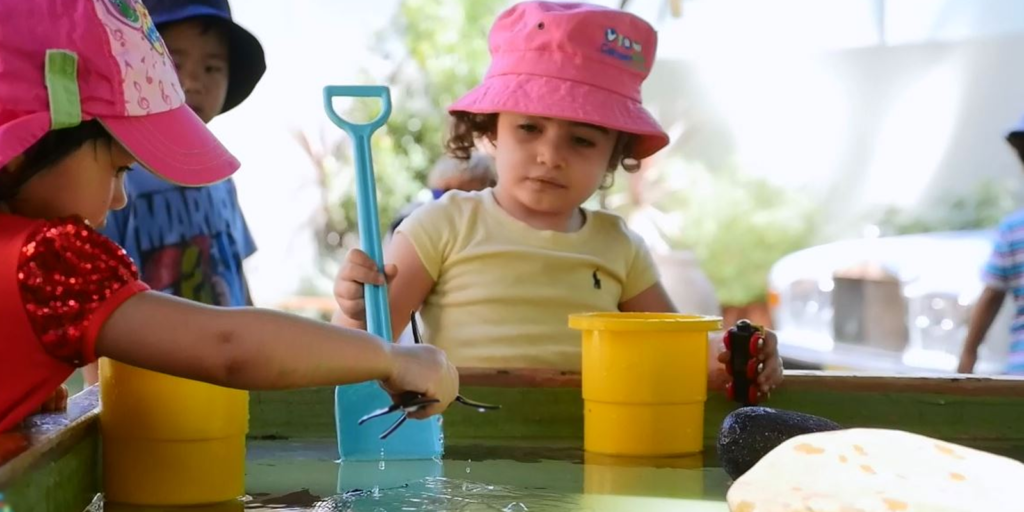
Pick the Right Sand and Water Table for Your Center
Choose a sand and water play table that suits the size of your group and the ages of your children. Here’s what to look for:
- Height adjustability for age-appropriateness
- Durable materials (ABS plastic or sealed wood)
- Drainage valves for easy cleanup
- Separate bins for sand and water to allow mixed or isolated play
For example, larger tables with two or more compartments allow children to experiment with combining materials, while smaller trays may focus their attention on specific tasks.
Avoid tables with sharp edges, unstable legs, or components that can rust or mold. Always look for child-safety certification labels.
View our time-tested sand and water table products

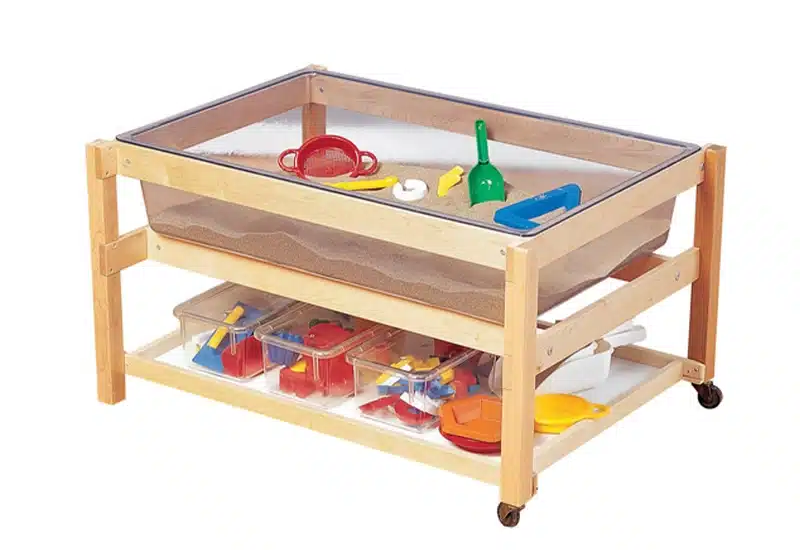

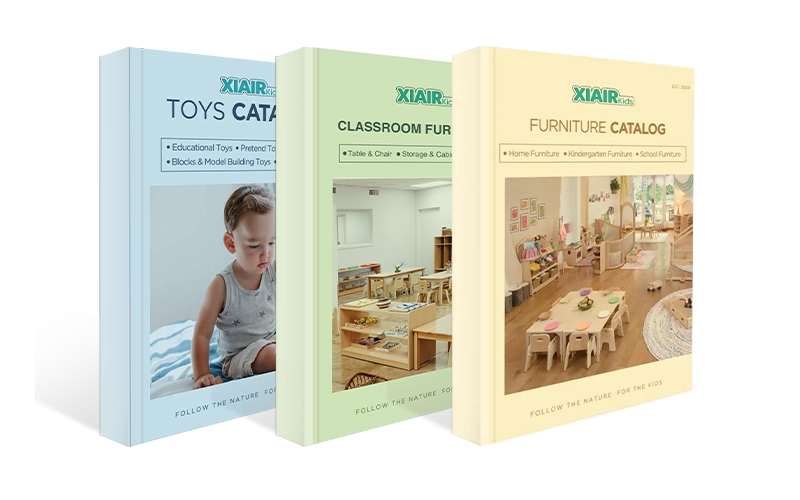
Receive a free catalog and custom layout to help you design your ideal classroom easily.
Prevent Messes with Sensory Mats, Aprons, and Storage Containers
Sensory play can be messy, but doesn’t have to be chaotic.
Key supplies to minimize cleanup include:
- Silicone or rubber floor mats under the table
- Waterproof aprons or smocks to protect clothing
- Stackable bins labeled by tool type
Create a system for students to return a tool to the same place after play. This keeps the area clean and builds early executive function and responsibility.
Have drying cloths, hand towels, and a small bucket for rinsing tools. Store cleaning spray nearby (non-toxic and child-safe only!).
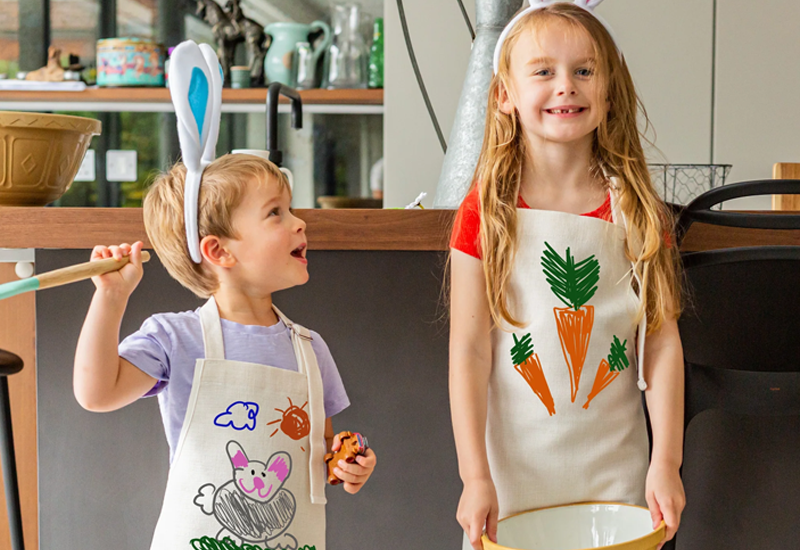
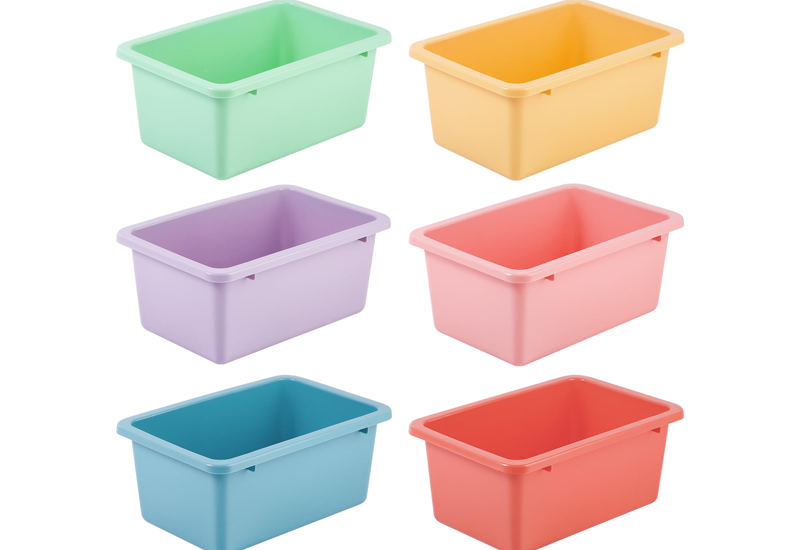

Provide a Variety of Sand and Water Play Sets and Accessories
The tools and props you provide shape the quality of the children’s experience.
Offer a range of:
- Funnels, ladles, squeeze bottles, and pipettes
- Measuring spoons and graduated cups
- Shells, plastic sea creatures, colored stones
- Natural wood blocks or boats
Add variety by rotating props weekly. Introduce themes like “Ocean,” “Construction Zone,” “Rainforest,” or “Weather.” With a theme in mind, children engage more deeply and incorporate richer language and imagination.
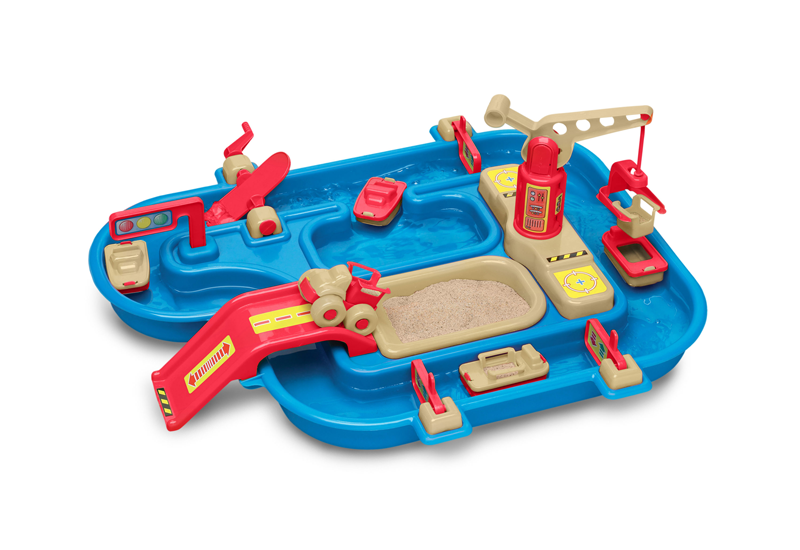
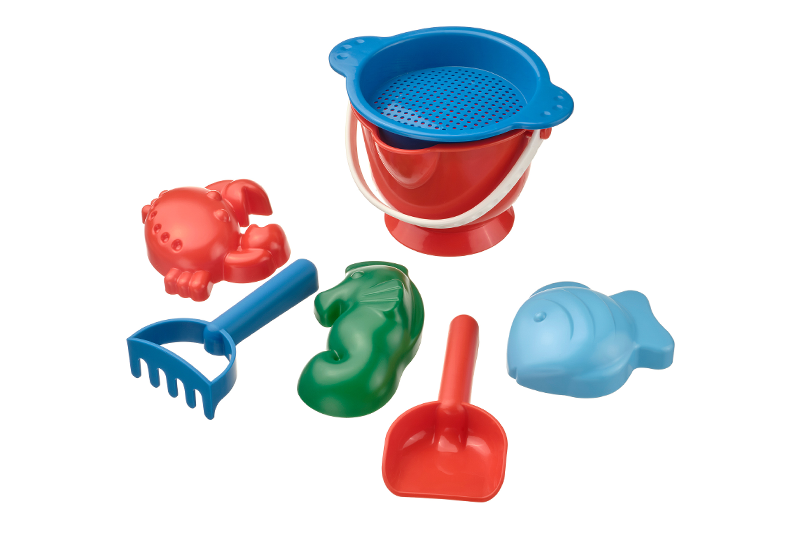
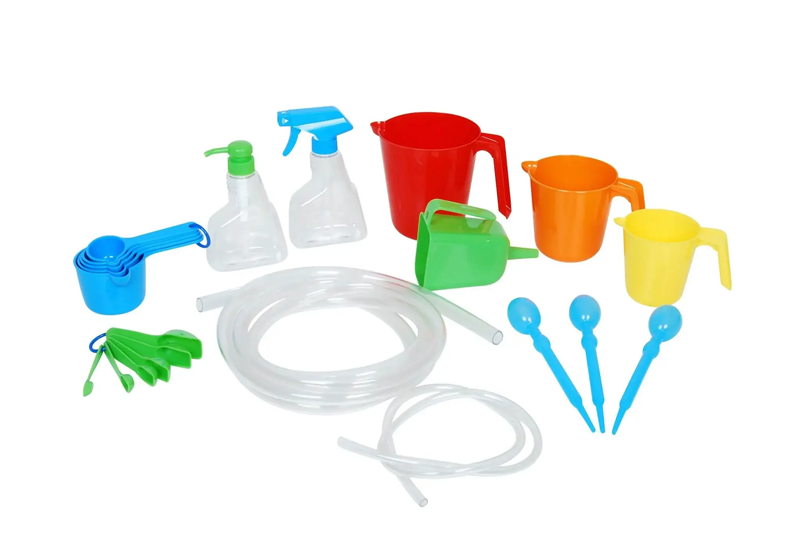
Materials for Sand and Water Play
The right materials can transform your Sand and Water Area into a rich sensory learning zone. Here’s a concise list of tools and supplies to keep your Sand and Water Center engaging, thematic, and easy to manage.
Fill-and-Empty Materials
- Buckets
- Plastic food containers
- Plastic pump and squeeze bottles
- Poultry basters
- Measuring cups
- Plastic tubing
- Strainers, colanders, funnels
- Cake pans, muffin tins, plates, spatulas
- Shovels, trowels
- Scoops, spoons
These tools support Sand and Water play by strengthening motor skills, hand-eye coordination, and problem-solving.
Floating Materials
- Corks, sponges
- Stones, shells
- Popsicle sticks, twigs
- Styrofoam bits and pieces
Use these to encourage experimentation with floating and sinking, a favorite science theme in any Sand and Water Area.
Pretend-Play Materials
- Rubber animals and people
- Plastic dishes
- Toy boats
- Cars, trucks, and construction vehicles
These accessories extend Sand and Water play into storytelling and dramatic roleplay, building social-emotional and language skills.
Alternatives to Sand and Water
- Chestnuts, leaves, pine needles
- Shells
- Pebbles and stones
- Pea gravel
- Marbles
- Snow
- Water and soap bubbles
- Shaving cream
Rotate these materials to keep your Sand and Water Center fresh and seasonally themed. They provide sensory input without the cleanup of traditional sand or water.
Waterproof Gear and Cleanup Materials
- Waterproof smocks
- Rubber boots and waders
- Towels, sponges
- Whiskbroom and dustpan
- Battery-operated handheld vacuum
Equip your space to stay clean and safe, and involve children in daily maintenance of the Sand and Water areas to teach responsibility and care for shared learning environments.
How Teachers Can Encourage Sand and Water Play
Children are naturally attracted to sand and water play. But as educators, we can do much more than provide the materials—we can guide, provoke curiosity, and extend their learning. Below are practical and research-based methods that help you transform your Sand and Water Area into a high-impact learning station.
Demonstrate New Tools Before Us
Before placing a new item in the Sand and Water Center—like a pipette, measuring cup, or sifter—take a few minutes during circle time or small group time to model its use.
Show children:
- How to fill and empty the tool
- What happens when you use it with sand vs. water
- How to clean and store it after use
By modeling usage first, you prevent confusion, reduce frustration, and encourage safe, purposeful play.

Use Open-Ended Questions to Provoke Thinking
One of the most potent ways to engage children in deeper sand and water play is by asking open-ended questions. These questions promote observation, prediction, and problem-solving—all key early childhood cognitive skills.
Try questions like:
- “What do you think will happen if we add more water?”
- “Why do you think the boat is floating now?”
- “Can you find something in the sand without using your hands?”
This builds scientific inquiry and language development at the same time.
Introduce Creative Challenges
Add small challenges or “engineering missions” to the sand and water play table.
Examples include:
- “Can you build a river with two bridges that connects both ends of the table?”
- “Can you sort all the floating and sinking objects?”
- “Can you move water from one bin to another without using your hands?”
These problem-solving tasks promote collaborative play, spatial reasoning, and STEM concepts. Adjust complexity based on age group.
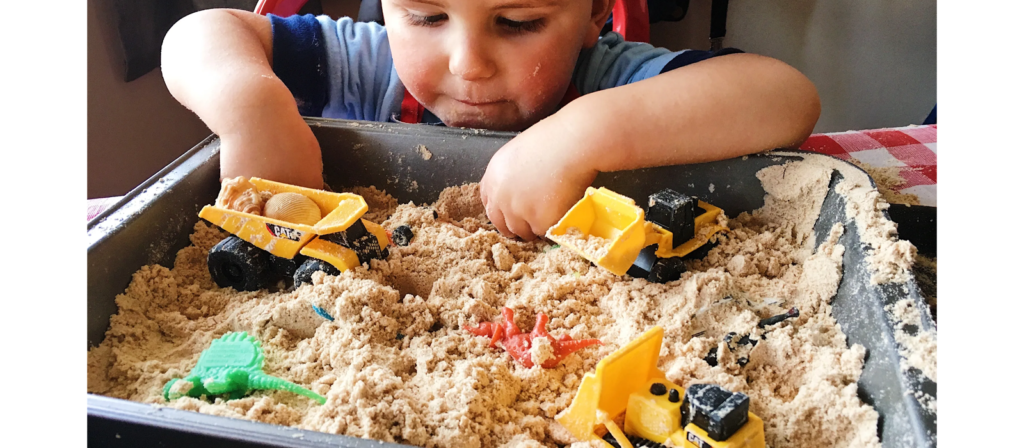
Model Positive Social Interactions
Sand and Water play areas often involve multiple children and shared tools. Teachers must model:
- Taking turns
- Using polite words (“Can I have a turn?”)
- Helping others (“Let me hold the funnel for you.”)
- Cleaning up shared spaces
These behaviors don’t happen automatically—children learn social-emotional skills through repetition and demonstration.
When conflicts arise (e.g., fighting over a scoop), guide them through language-based resolution: “I see two people want the red scoop. What could we do to solve that?”
Connect Play to Curriculum Themes
The Sand and Water Center shouldn’t exist in isolation. Link it to your monthly or weekly learning themes to deepen its relevance.
If your theme is:
- Ocean life: Add shells, blue stones, fish toys, and maps.
- Weather: Explore melting ice cubes, pretend it’s raining, or create a “mud puddle.”
- Construction: Provide diggers, gravel, and “blueprints.”
These thematic additions create context for learning and encourage more imaginative play.
Observe More, Intervene Less
One of the most challenging but most important things for a teacher to do in Sand and Water play is to step back.
After setting the stage:
- Watch how children interact with materials
- Note which tools are ignored or misused
- Track how long they stay engaged
Use this data to adjust your environment. Maybe fewer tools would help with focus. Maybe specific sensory bins need to be rotated more often.
Observe quietly, take notes, and let the children lead their learning journey.
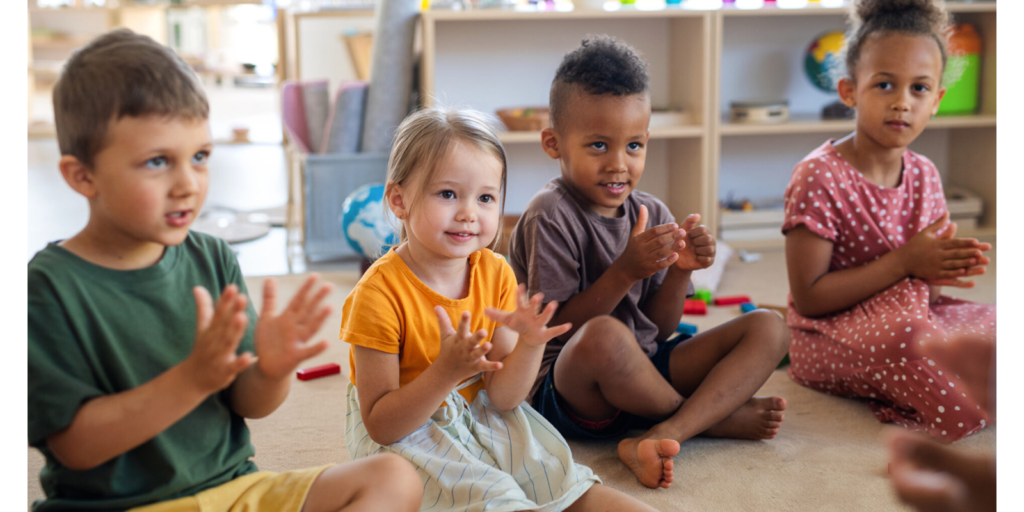
Use Documentation for Reflection and Planning
Photograph interesting moments at the Sand and Water play table and write brief notes about what children say or do. Display these on a classroom board or in a portfolio. This will show children and parents that real learning happens during sensory play.
It also helps you:
- Reflect on how to scaffold further
- Notice developmental patterns
- Adjust challenges or materials accordingly
By implementing these strategies, your Sand and Water Area becomes more than a sensory corner—it becomes a learning powerhouse, guided by thoughtful adult facilitation and empowered by child-led curiosity.
Let me know if you’d like this section’s visual teaching guide (PDF or poster version) for classroom or teacher training! Observe how children play, then adjust materials and prompts based on their curiosity.
Safety Considerations for Your Sand and Water Area
Creating a fun Sand and Water Area is exciting, but safety must always come first. Sensory play often involves water, slippery surfaces, and small accessories, so setting clear rules and choosing appropriate materials is essential.
Key safety tips:
- Always supervise children during Sand and Water play.
- Use non-slip mats around the water table to prevent falls.
- Select non-toxic, child-safe materials only.
- Avoid small parts that could be choking hazards, especially for toddlers.
- Empty and clean water containers daily to prevent bacterial growth.
- Store tools with sharp edges (like trowels) that are out of reach when unused.
- Teach children to dry spills, clean tools, and wash their hands after play.
To ensure everything remains safe and functional, regularly inspect your Sand and Water Center for broken pieces, loose table legs, or worn-out rubber seals.
With proactive planning, your Sand and Water Area can remain educational, engaging, secure, and hygienic for every child.
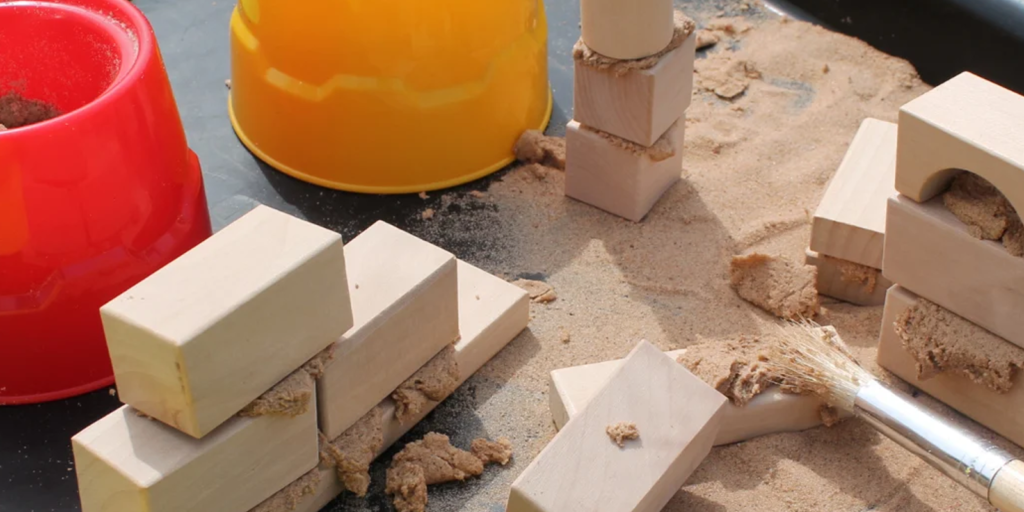
Sand and Water Play Alternatives
Not every space can accommodate a packed Sand and Water Area, but that doesn’t mean sensory play has to stop. Here are some great mess-free alternatives with similar developmental benefits:
Kinetic Sand
Made of real sand coated with silicone oil, kinetic sand is soft, moldable, and easy to clean. It doesn’t dry out or stick, and offers the same tactile experience as regular sand, minus the mess.
Pasta and Rice
Dried pasta and rice are excellent for scooping, pouring, and sorting. They support fine motor skills and introduce basic math concepts like volume and measurement. Dye them for added fun and color!
Cotton Balls
Cotton balls are soft and fluffy, offering a gentle sensory experience. Use them for tong transfers, sorting games, or small-world play. Add scents for a multi-sensory twist.
Water Beads
These squishy beads expand in water and provide a unique, calming texture. Perfect for scooping and pouring, they also help introduce science topics like absorption and water states.
FAQ
What are the different activities that can be played in sand and water areas?
- Dig and bury treasure
- Build bridges and tunnels
- Make bubble foam and wash toys
- Freeze small toys in ice and “rescue” them
- Mix colors with droppers
- Create mud pies or pretend baking
- Practice pouring races
Each activity brings a unique benefit while keeping the experience joyful, sensory-rich, and developmentally meaningful.
If you’re looking for even more creative Sand and Water play ideas, check out my extended guide on sensory table activities here.
More Sensory Table Play Ideas
What is the technique to separate sand and water?
Use this simple method:
- Pour wet sand into a sieve over a bucket
- Allow the water to pass through slowly
- Repeat with a finer mesh to reduce particles
This introduces concepts like filtration, density, and mixtures, which are foundational science concepts—even for preschoolers.
What’s the difference between dry sand and wet sand regarding child development?
Dry sand supports free-flow play—pouring, sifting, and measuring—ideal for developing fine motor skills and early math concepts.
Wet sand, however, is perfect for construction and imaginative play—building tunnels, mountains, or castles—promoting spatial reasoning, strength, and creativity.
Both types offer unique sensory feedback and complement each other beautifully in a well-rounded Sand and Water Area.
How does Sand and Water play affect the three sensory systems in the brain?
Sand and Water play stimulate three key sensory systems:
- The tactile system (touch) is activated by scooping, molding, and feeling different textures.
- Vestibular system (balance) – engaged when children lean, bend, and shift while playing around the table.
- Digging, lifting, and pouring develop the proprioceptive system (body awareness) by building joint and muscle feedback.
Together, these systems support self-regulation, coordination, and cognitive focus, forming a critical foundation for learning.
Finally
Setting up a successful Sand and Water Area doesn’t require fancy equipment—just thoughtful planning, the right materials, and a clear understanding of how children learn best through sensory exploration. Whether pouring water, burying treasures, or creating imaginative stories with toy animals, Sand and Water play gives preschoolers endless opportunities to grow cognitively, physically, socially, and emotionally.
With the proper setup, safety practices, and teacher support, your Sand and Water Center can become one of your classroom’s most potent and joyful learning zones.
If you’ve been thinking about upgrading your sensory play area, now is the perfect time to start—and if you’re looking for trusted, affordable furniture or equipment, feel free to reach out. We’re always here to help you build better early learning spaces.

